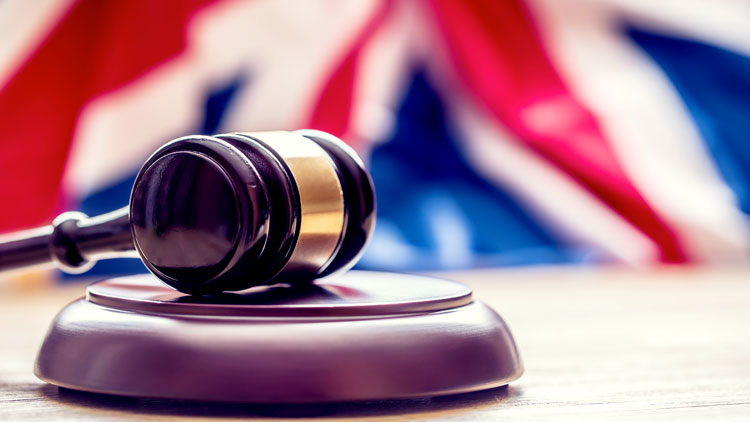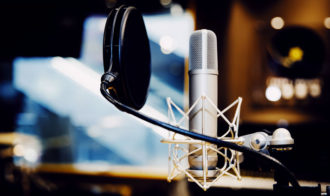 Recording and transcription services work differently. On the day, proceedings are recorded by either court room personnel or an expert technician using audio and/or video equipment. A company like Appen can supply this equipment along with a technician; some larger organisations have their own.
Once the recording has been made it can be transcribed by a trained transcriber, every bit as skilled as a stenographer. It’s a much more affordable service, with no compromise on quality, and there are many additional benefits, including:
Recording and transcription services work differently. On the day, proceedings are recorded by either court room personnel or an expert technician using audio and/or video equipment. A company like Appen can supply this equipment along with a technician; some larger organisations have their own.
Once the recording has been made it can be transcribed by a trained transcriber, every bit as skilled as a stenographer. It’s a much more affordable service, with no compromise on quality, and there are many additional benefits, including:
- Clients have a permanent, high-quality audio/video recording that can be easily stored and kept forever.
- Transcription can begin while proceedings are continuing, and a whole day’s recordings can be transcribed, to a high standard, within 24 hours.
- If a transcript is not immediately required, the recording can be archived then retrieved for transcription later.
- The recording can be transcribed either in its entirety or in specific sections. Clients can decide which parts they need a written record of, paying only for what they need. A client might ask Appen to transcribe only the summing up, for example, or what just one witness has said.
- Identifying the most important parts of the recording is easy; recordings are logged with a special time stamp and can be quickly searched. This means a reporter can be asked to transcribe only very specific references, like ‘blue car’ or a certain date or time.








